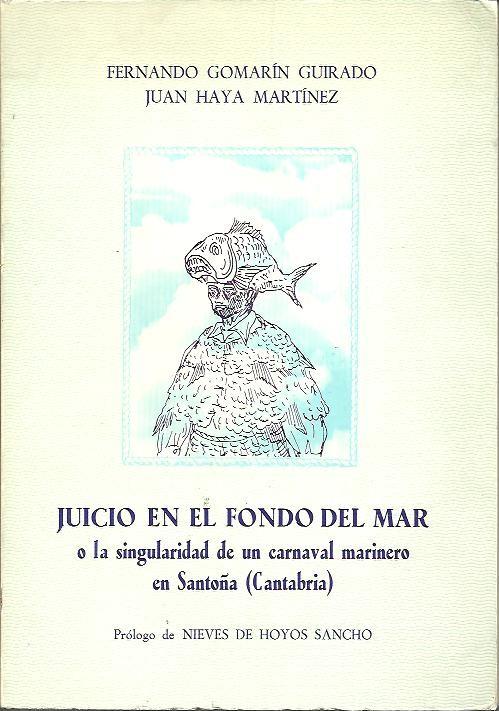"In 1934 a gang of thirteen sailors from the village, "Los Parrandistas" ... took to the streets to sing the murga of the sea bream that abducted a mermaid and was severely judged at the bottom of the sea. That year was the last year they went out to tell the famous story".
Murga´s History
Since the official rebirth of the Santoñes carnival in 1982, every year its celebrations and shows have as an epilogue the representation of a work that has given us, with respect to other geographical areas, a character of specific originality of sailor carnival: "El Juicio en the bottom of the sea".
The text that centers his argument was collected from the, they say, the last murga that was held in Santoña in 1934, known by the name of "Los Parrandistas" and organized by Domingo Larrañaga, alias el «Ñe».
An article in the Alert newspaper in 1987 makes reference to all these questions, which in turn served as the presentation of an extensive study of the carnivals of Santoña published at that time by Juan Haya and Fernando Gomarín. From it we extract the following:
"In 1934 a gang of thirteen sailors from the town,« Los Parrandistas »... took to the streets to sing the murga del bream that kidnapped a mermaid and was harshly tried at the bottom of the sea. That year was the last who came out to tell the famous story.
The letter had been the work of the «Litri», Secretary of the Santoña City Council who responded to the proper name of Emilio González Revuelta. Another fisherman who in 1977 kept his faculties alive as a young man, preserved in his memory the Original costume from the Carnival of 1934. The fisherman's name was Ñe. "
On the other hand, the music was composed by the Director of the Municipal Band, Mr. Vinatea, and the instruments used in the interpretation were made of cardboard.
Finally, say that the group wore a costume and headdress made with raw palometa skins and their faces smudged black to hide their identity. In that situation, their clothes gave off such an unpleasant odor that it caused, within the festive atmosphere, the flight of people who were tempted to approach.










